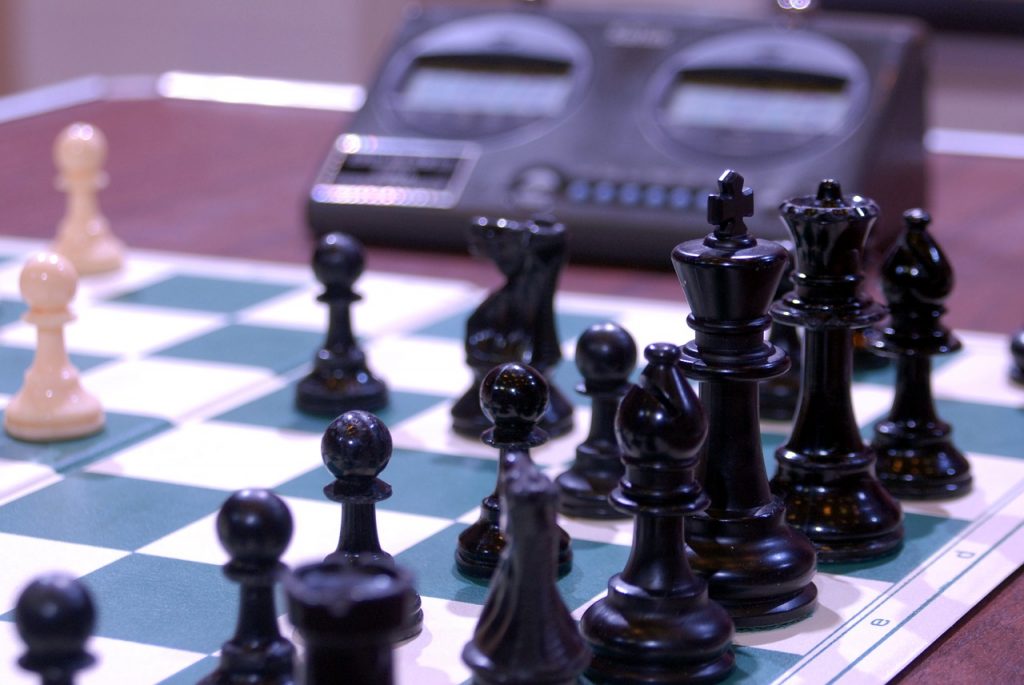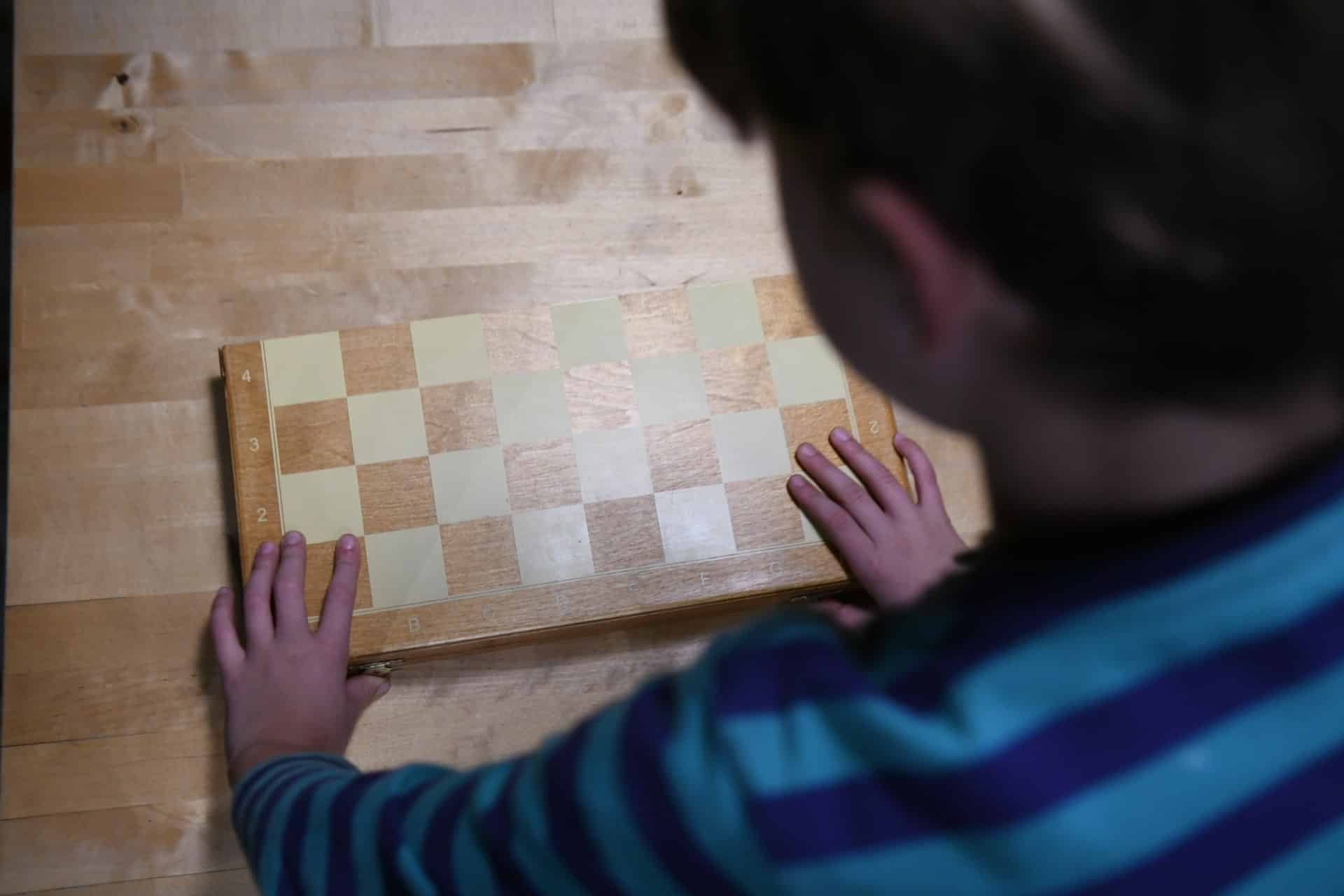Table of Contents
Sodium Attack
The Sodium attack is one of those openings that will give you a lot to talk about, unfortunately not for good. The Sodium attack is a very weird opening that has rarely been playing and is interesting to see it.
Normally, we always keep the transparency first when analyzing opening, talking about the relativity of chess practically makes every move playable. This applies to chess between two kinds that barely know how to move the pieces.
But if you want to study the Sodium attack as an opening to use and get some advantage I would recommend you go and play the Ruy Lopez. The Sodium attack is pretty much refuted by black, and it just causes so many problems for white that it isn’t even worth the try.
However, this surely should be good for trolling, but not to take a serious chance to win the game. It is always healthy to know the opening, at least you will know how to counter it with black, and never take the shame of getting killed by the Sodium attack.
If you want to know everything about the Sodium attack (which is not much) then keep reading this post.
The mainlines of the Sodium attack

The Sodium attack consists of a weird-looking move with the knight in move one: 1.Na3. We put our knight on the edge on the board, and allow black to take the center from the start, bad idea, simply goes against the main principles of chess for no reason.
However, we have to admit that there is some idea behind this move, white can take the knight to c4 or c2 in some lines. Let’s have a look at how the game may continue, based on our independent analysis, there isn’t any theory about this opening:
And black is slightly better here. It’s interesting to see how black’s queen can centralize really quickly in the opening.
Taking back their pawn with Qxd5, which normally would be a mistake because it could be harassed by white with Nc3. But as you can see the knight is actually on c4, unable to molest the queen in that splendid central square.
Also, in move two we see that white moves the knight again to c4, which sure improves his position. The problem is that it wastes a tempo, and the pressure on e5 is really weak, black has so many ways to win an advantage.
There is also another funny line in which black seizes this opportunity and takes advantage really quickly:
The computer suggests Nb1 as the best move for white, going back to the initial square to play Nc3. This is a demonstration of how ineffective the Sodium attack is, going back actually proves that the opening choice was simply bad.
Anyway, the game could continue 4.Nb1 Be6 5.Nc3 Qd7 6.e3 Nc6 7.Nf3 O-O-O 8.Bb5 Bd6 9.O-O Kb8 10.Ng5 Nge7 and black have simply a better development.
Plans and ideas of the Sodium attack

Actually, there aren’t so many plans and ideas to apply in this opening, because the opening has not been studied. But, if you want to try it out anyway, here are some logical things you might do to seize the first move.
There are three options to make this first move by white logic and is to move the knight to a better square. The options are b5, c4, or c2. Moving the knight to c4 can help you get high pressure on e5.
You could combine this idea with b2 and Bb2 to get even more pressure on the e5 square and try to control it. So, you will plan to play Nc4, Nf3, and Bb2 to have great pressure on this square.
Or, you can try getting the d4 square by moving the knight to c2 and playing d4 yourself. The problem is if black has the full center then, he could go and play e4 and take space from you.
You have to watch out for black’s reactions to his mobile center in the sodium attack. What you should definitely try to do is to create weaknesses on black’s side with c4 or d4. Remember that you want to provoke him to advance the center so you can attack it more easily.
Sample games of the Sodium attack
It’s interesting to know that such an opening has been played by the world champion Magnus Carlsen. He used it one against a considerably lower-rated player and is common to see Magnus playing like this against lower-rated opponents.
Despite Magnus winning the game, he won because his opponent blundered the game away. But the opening didn’t give him any advantage, actually, he was losing.
You may also like:






